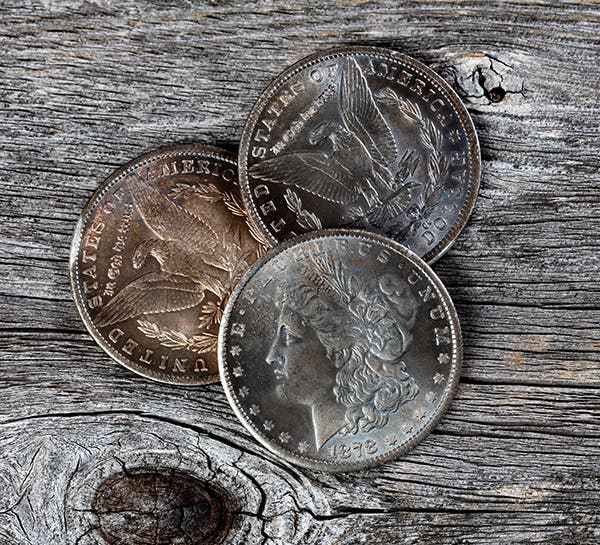1896-S Barber quarter value tops 1913-S in MS-65
Recognition is perhaps late in coming, but the 1896-S Barber quarter has always been a good date. Why it has been overlooked for so long with its mintage at just…
Recognition is perhaps late in coming, but the 1896-S Barber quarter has always been a good date. Why it has been overlooked for so long with its mintage at just 188,039 is a very good question.
The answer begins with the series having been overlooked in general. Although they debuted in 1892 and were produced for decades, during which time they circulated in huge numbers, Barber quarters still managed to have very little collector interest. The design may have played a role in that, having never gotten very good reviews.
Another factor, however, was certainly the denomination. There were simply not many quarter collectors back in the 1890s. In fact, there were not many quarter collectors even into the 1930s. That was just too much money for many collectors.
Even among the small number of quarter collectors, many simply collected by date and not date and mintmark. For the year in question, options included an 1896-O Barber quarter with a mintage of nearly 1.5 million or an 1896 at nearly 3.9 million. About the only people who would have found an 1896-S easy to obtain were those living within two blocks of the mint in San Francisco.
It may still seem unlikely that such a low-mintage date would not attract attention. However, the 1901-S Barber quarter had a mintage of 72,664; later, the 1913-S would be just 40,000. Low mintages by our standards today were just not all that unusual back in San Francisco around the turn of the century.
The 1896-S simply circulated for a very long time. New generations of collectors were not going after quarters. They would usually try cents first, since the face value of quarters kept most from even trying to assemble a set.
Proof that the 1896-S Barber quarter was still in circulation more than 40 years after its release can be found in the New York Subway Hoard, which was purchased by the Littleton Coin Company. Begun during the 1940s, it contained 29 examples of the 1896-S.
In all fairness, 29 examples is not a lot, especially since the coins in the hoard were the best coins found in change from the New York Subway system. As great places to check change go, that had to be one of the best. It is, however, still just one location. If there were 29 found in New York, there were probably many others elsewhere, and all would have been very heavily worn, as a 90 percentage silver coin generally looks pretty well worn after four decades.
As such, the assumption had always been that Mint State examples of the 1896-S would be tough to find, especially considering its low mintage.
From a fairly early stage, the MS-65 price of the 1896-S suggested that it was unusually tough in that grade. The other prices, however, were in line with mintages, with the 1913-S being the more costly date.
Today, the 1913-S is still the more costly coin in G-4, listing for $1,200 compared to $575 for the 1896-S. In MS-60, the prices are $14,250 and $9,900, respectively, with the 1913-S still on top.
Moving to MS-65, however, the 1896-S is more expensive than the lowest-mintage silver coin of the past century. Examples currently list for $50,000, compared to $31,000 for the 1913-S.
The Professional Coin Grading Service has seen 10 examples of the 1896-S in MS-65 condition and 17 of the 1913-S, while the Numismatic Guaranty Corporation totals are 6 and 4, respectively. So the higher price is justified. The 1896-S Barber quarter always was a good date, but we are now realizing just how good.
This article was originally printed in Numismatic News. >> Subscribe today.
More Collecting Resources
• The Standard Catalog of World Coins, 1601-1700 is your guide to images, prices and information on coins from so long ago.
• With over 25,000 listings and 15,500 illustrations, the Standard Catalog of World Paper Money, Modern Issues is your go-to guide for modern bank notes.








